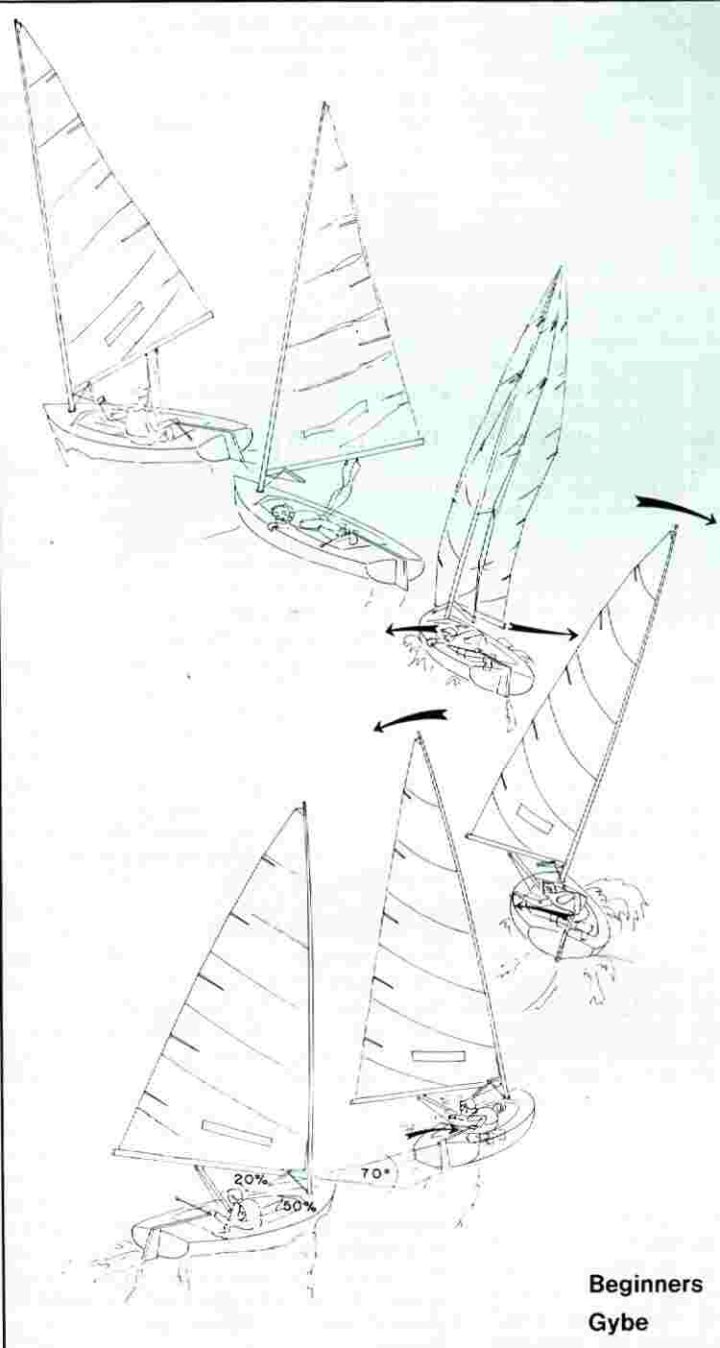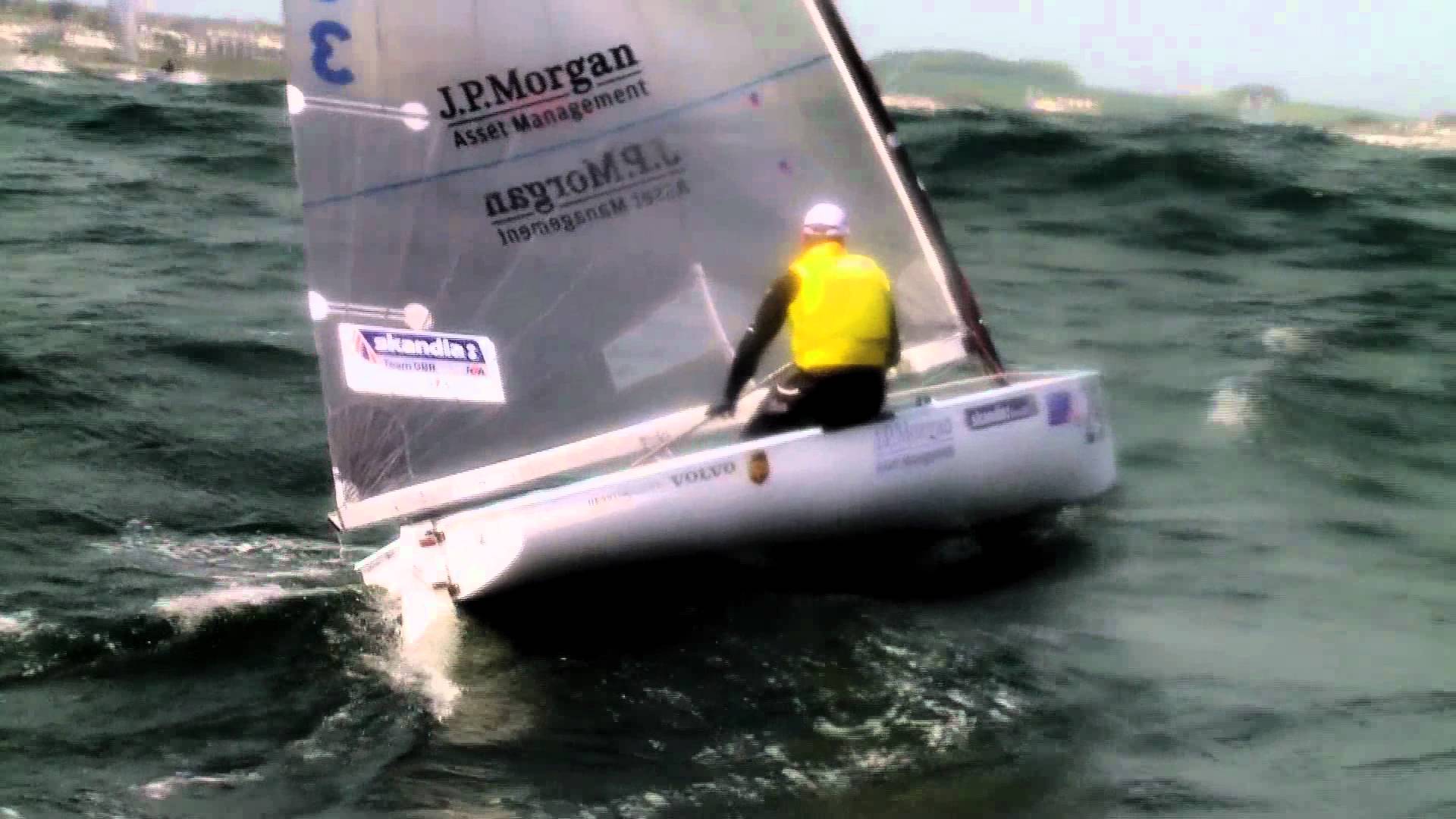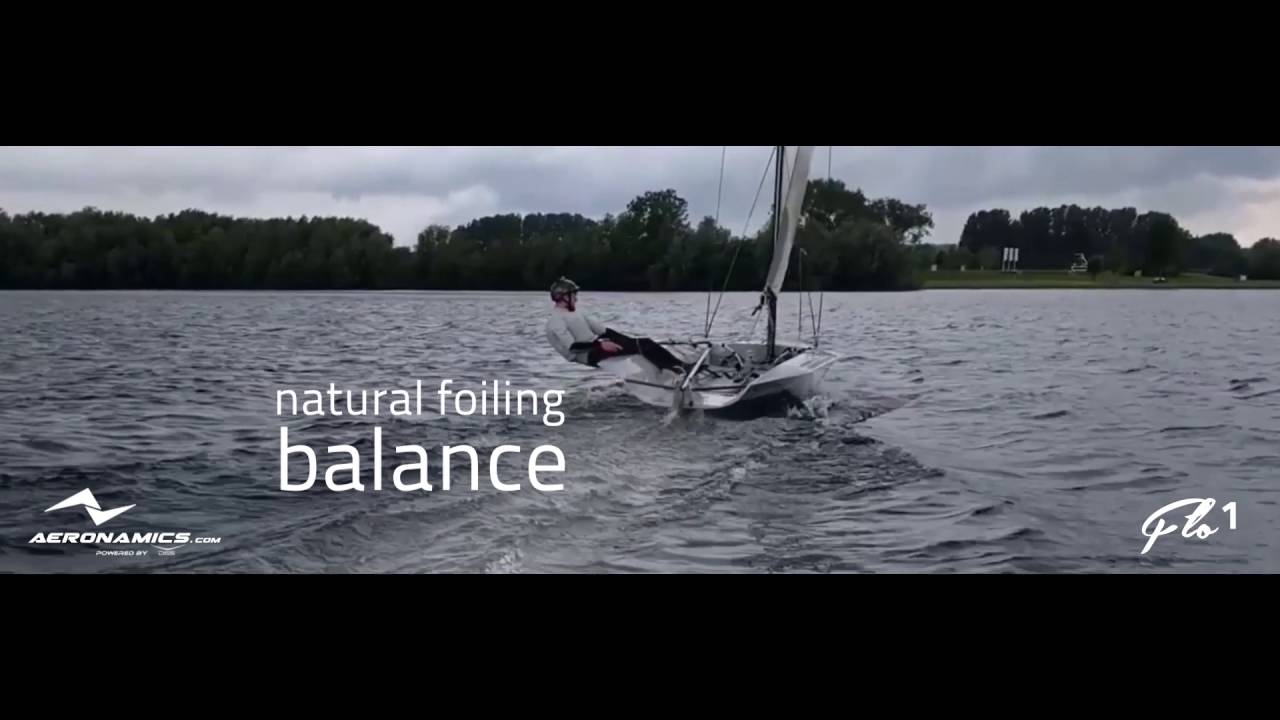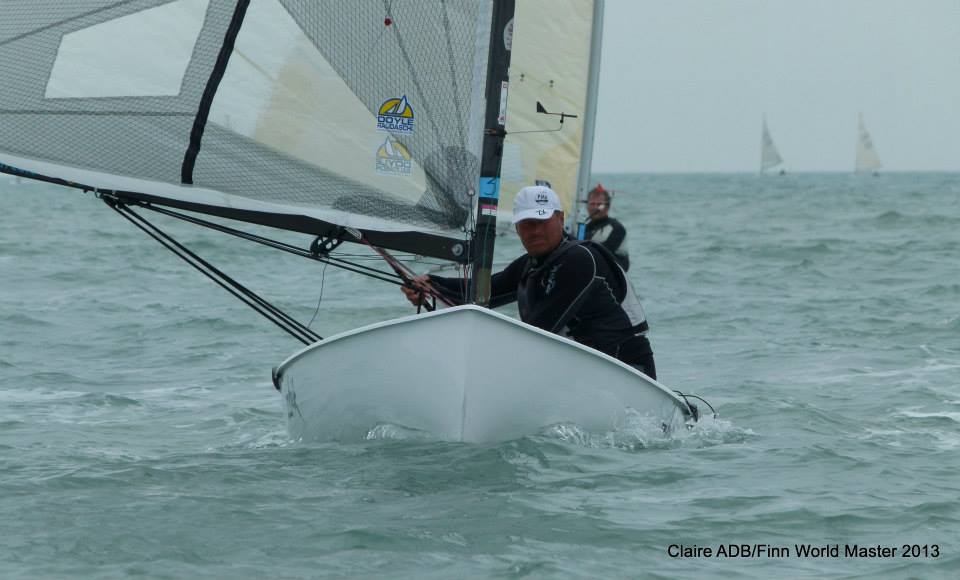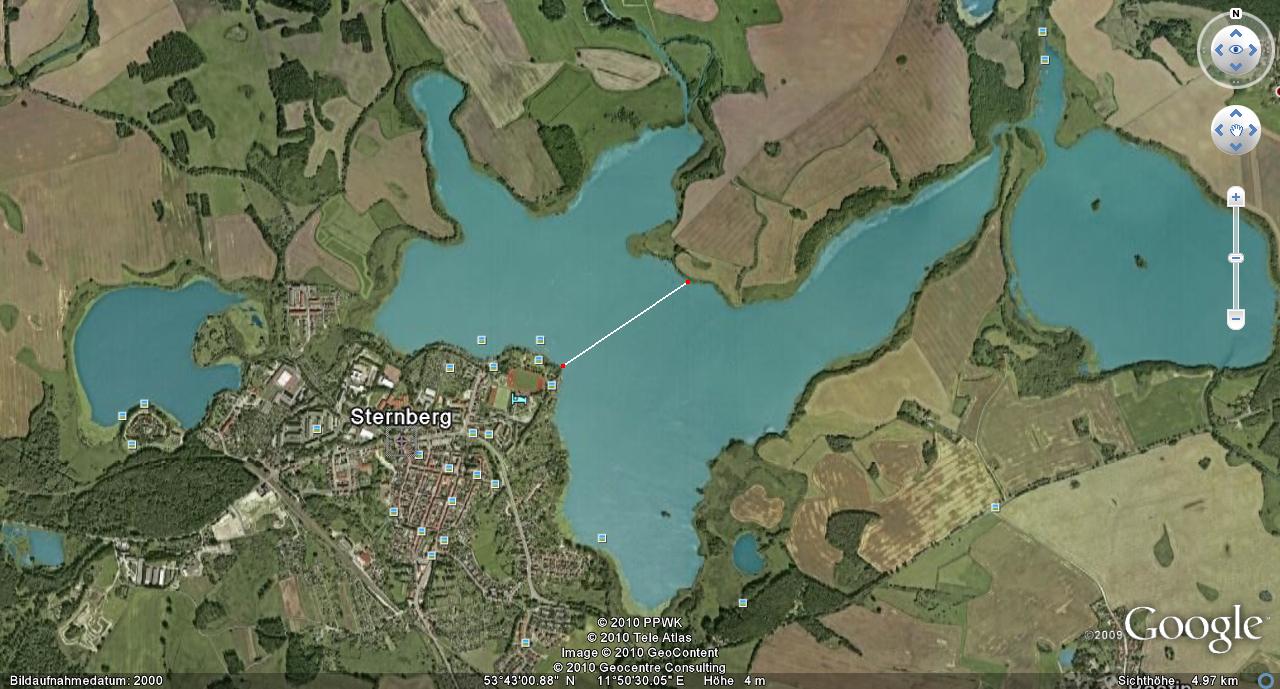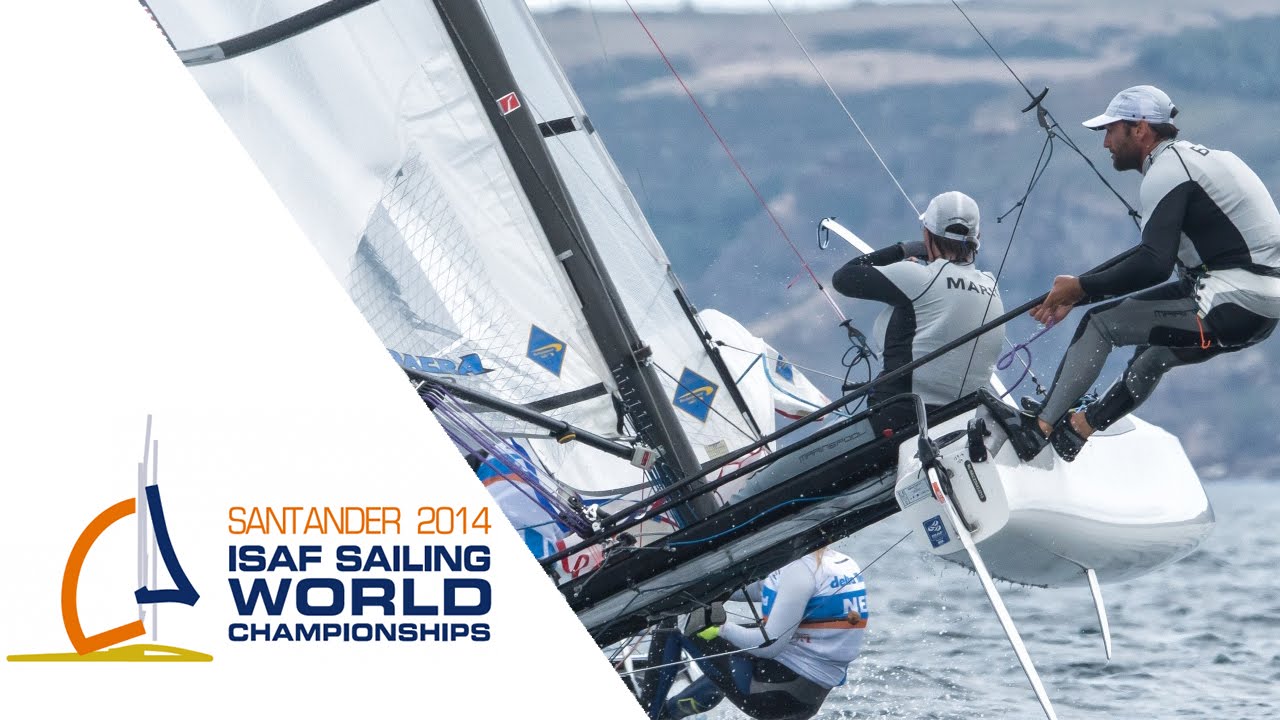
Reprint from FINNLOG / FINNFARE Summer 1982
To gybe is the maneouvre, everybody is most afraid of, since it causes the highest percentage of capsizing Depending upon experience, this fear sets in somewhere between 2 and 6 Beaufort, but a Finnsailor without that feeling at all lacks the instinct of self-preservation.
Therefore you find on the following pages a collection of contributions to the topic, some hopefully will help the beginners to learn the gybe, so me will enable the advanced to get over a lost gybe, and same will boost the expert after a victorious gybe.
On a standard Olympic course you have to gybe at least twice. In detail there are three different maneouvres to be discussed, talking about gybing:
- The STANDARD GYBE, performed generally at the gybe-mark between the two reaches, a change of tack with the wind including a definite change of the course. We will discuss four different techniques for that STANDRAD GYBE
- The GYBE WITHOUT ALTERING COURSE, performed generally on the run. It is up to the sailor 10 decide, when it is appropriate. It frequently can be replaced by a STANDARD GYBE at the leeward mark, which might be safer, but not as fast as a GYBE WIHTOUT ALTERING COURSE performed on the run, sometimes three oreven five times on one run.
- The TACKING ROUND can replace both other maneouvres, is the safest method but takes quite a lot of time. If the wind is tao strono, and you think, that you might capsize with a standard gybe, you better change your tack against the wind, generally turning more than 270°.
You should be familiar with all different possibilities and choose the appropriate maneouvre according to the situation, your position in the individual race and in the regatta, your physical and psychological resources, the percentage of capsizes in front of you, the wind and the wave pattern at the time you approach the gybe-mark, and many other factors.
As long as you are able to pull in the sail directly on one rope and swing it to the other tack, you are also able to sit in the area in front of the tiller and all the maneouvres are no problem. Give her about 25% of centreboard, and you will be able to survive any mistake. The difficulties set in, when you prefer to position yoursel further back, because the wind increases above force 3 or 4.
First lel’s analyze the hideous aspects of a gybe. You are forced to change your position from one side of the tiller to the other, crossing either in front or above. In addition you have the choice to change with the face to the bow or to the stern. Secondly you have to change the tiller fram one hand into the other, and the sheet the other way. All the time you have to keep yourself balanced within the boat, and in addition the boat.
